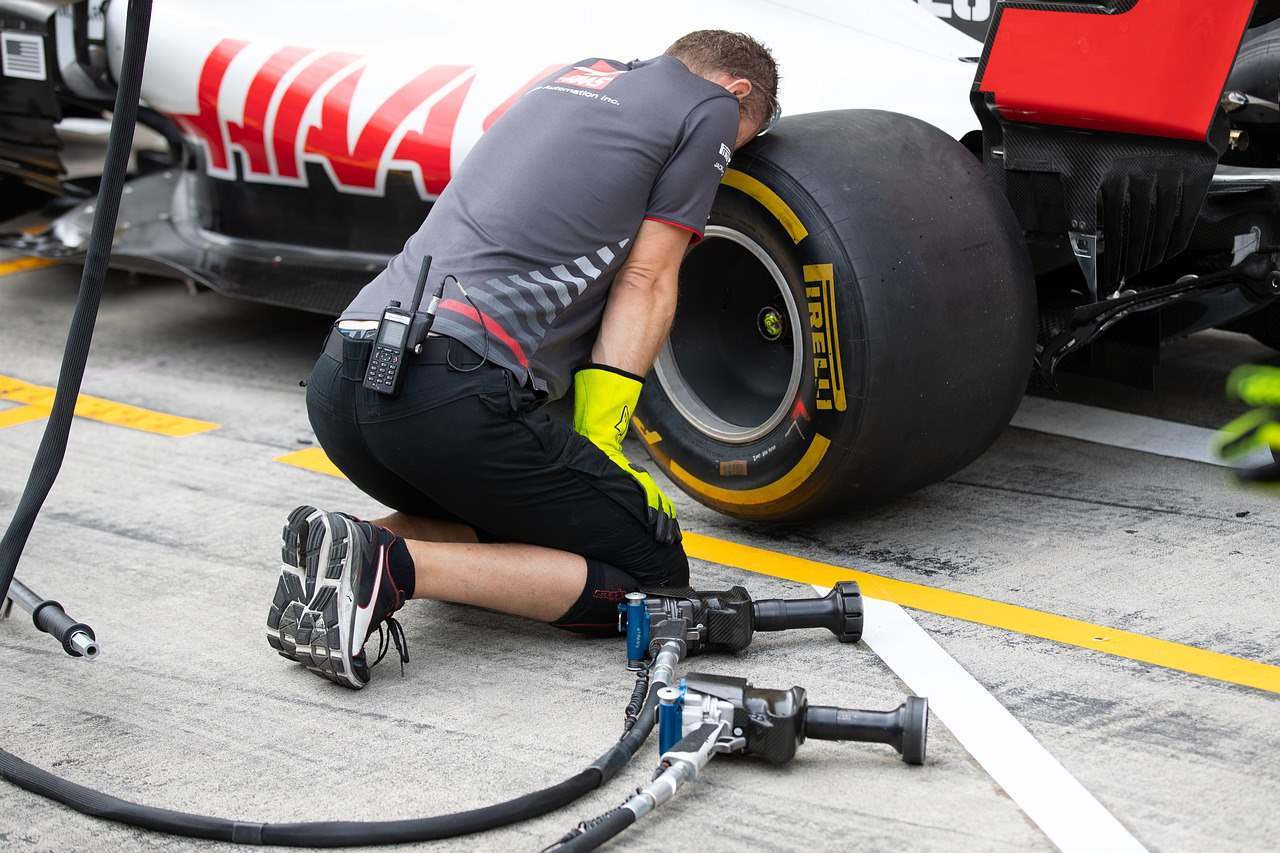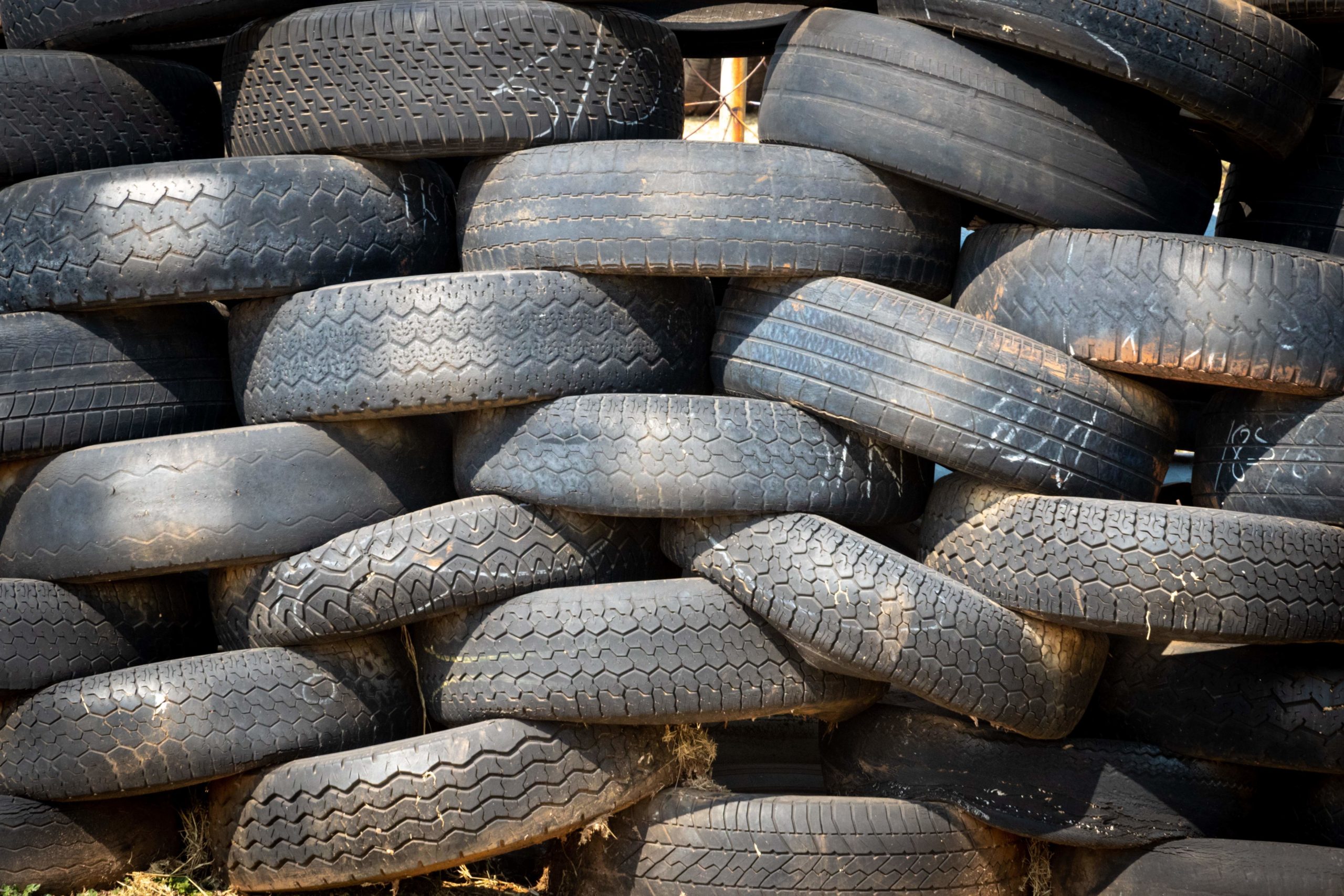Tires need to be in good repair and properly inflated in order to maintain their durability. Improperly inflated tires – both under- and over-inflated – can cause excess wear, maneuvering issues, and an increased risk of blowouts and crashing.
Determining the Proper Pressure for Your Tires
Before you check your tires’ pressure, you’ll need to know the manufacturer’s recommended pressure for your particular car. Tire pressure is measured in both kilopascals (kPA) and pounds per square inch (PSI or psi). Your car’s tire pressure recommendation usually can be found:
- on the Tire and Loading Information Label on the driver’s side door edge;
- on a decal in your glove box; or
- in your car owner’s manual.
The label will tell you the original tire size for your vehicle as well as the appropriate kPa/PSI. For instance, it might say: P195/70R14 (the size), and 200kPA, 29PSI (the pressure.) The number you’ll want to pay attention to when checking your tire pressure is the PSI.
Find a Personal Injury Lawyer, Near Me
(855) 529-0269How to Check Tire Pressure
Note that the recommended PSI for your tires is for cold tires. When your tires are heated from use (which expands the air and makes the tire a few pounds heavier), it’s best to let them sit a while to return to normal temperature before checking the pressure.
Then, using an accurate gauge, check each of your tires’ PSI. Add or release air until the tire holds the recommended pressure.
NTB Tire and Service Centers caution against relying on gas station built-in gauges, which might be faulty. To ensure your tires are properly inflated, you’ll want to purchase your own gauge, which come in three different varieties: stick, digital and dial.
Good gauges will cost $20 to $50, a small investment for peace of mind. “Buy a gauge with a wide enough range that it can measure the pressure in a temporary spare, which is typically 60 psi. Many gauges have a span of 5 to 99 psi,” recommends Consumer Reports.
And if you’re ever in a pinch, you can take your car to a shop to check the tire pressure. Most shops provide pressure checks free of charge. Do this if you notice anything odd about the tire, like a bulge, because this is what could be considered a tire defect, and you’ll need to know how to file a product liability claim. Confirmation from a mechanic goes a long way in filing a defective product claim.
Tire Pressure Tips
Here are a few tips to ensure your tires are always in check:
- Check your tire pressure once a month, as recommended by the NHTSA.
- Keep a tire gauge in your car. If you hit a pothole and think you might have lost air, you’ll be prepared.
- Do not rely solely on your car’s built-in Tire Pressure Monitoring System. They only warn you when your tire is significantly underinflated. Performing regular monthly checks will preempt the light from coming on and reduce your risk of improperly inflated tire-related crashes.
- If the recommended PSI in your car owner’s manual differs from the PSI on your tires’ sidewall, use the PSI in your manual, recommend the NTB Tire and Service Centers.
For more detailed information on checking tire pressure, you can visit safercar.gov > Maintenance > Maintaining Proper Tire Pressure for step-by-step video instructions.
The Florida Tire Lawyers, Chalik & Chalik, are happy to offer services like free blogs on how to keep your automobile and your family safe. If your family was injured because of defective tires or the negligence of another driver, then give us a call for representation at 855-529-0269.
Call or text Chalik & Chalik
(855) 529-0269






